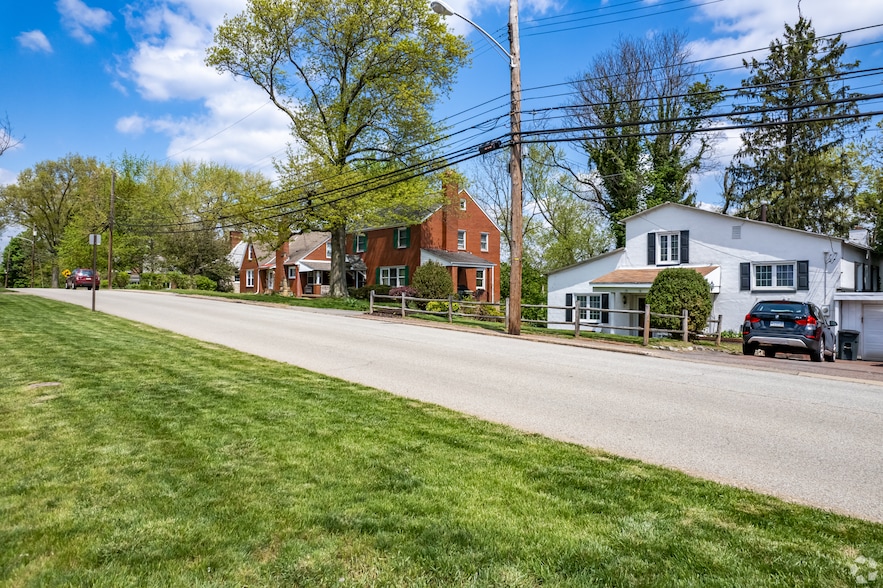The latest signal that a buyer's market is coming: Home price growth slowed for the fifth month in a row in May.
Compared to the same time a year earlier, home prices grew just 1% in May, according to new data from Homes.com. That growth has been on the decline since December, when home price growth peaked at 5.6%.
In number terms, the median price for all homes — including single-family properties, condos and townhouses — increased $3,829 to $388,829.
An analysis of home types, however, revealed that the 1% increase in prices was driven entirely by strength in the single-family home market. Condo prices were unchanged from a year ago, and townhouse prices actually fell 1.4%.
The easing price pressure comes at the same time that the supply of homes is on the rise. In fact, according to Homes.com data, the number of homes for sale in May was back to pre-pandemic levels.
Pittsburgh prices soar while Sunbelt markets fizzle
The data shows more than a change in how fast home prices are growing, too. It also reveals a shift in geographic trends.
In May, major markets like New York, Boston, Chicago and Philadelphia hit the brakes on home price growth. New York, for example, saw prices grow 10.8% in April. In May, that rate fell to 3.3%.
"In high-cost markets like New York and Boston, price growth is cooling as buyers face affordability challenges. In addition, with more inventory available, the upward pressure on prices is easing," according to Erika Ludvigsen, national director of residential analytics at Homes.com.
At the same time, some markets in the Midwest saw their price growth surge. Pittsburgh topped the list with prices 7.6% higher than a year earlier. St. Louis and Milwaukee also ranked in the top five among the country's 40 largest metropolitan markets.
"Home price growth continues to be stronger in the Northeast and Midwest," Ludvigsen said. "This is due to relative affordability, steady job markets, and room to grow after more modest gains during the pandemic, compared to many Sun Belt region markets."
The data also revealed a shift in where prices are stalling or declining. In May, that geographic region expanded and included 10 markets spanning Texas, parts of Florida, some of California, Denver and Atlanta.
Jacksonville, Florida, saw the biggest decrease, with prices 4.2% lower than a year earlier.

